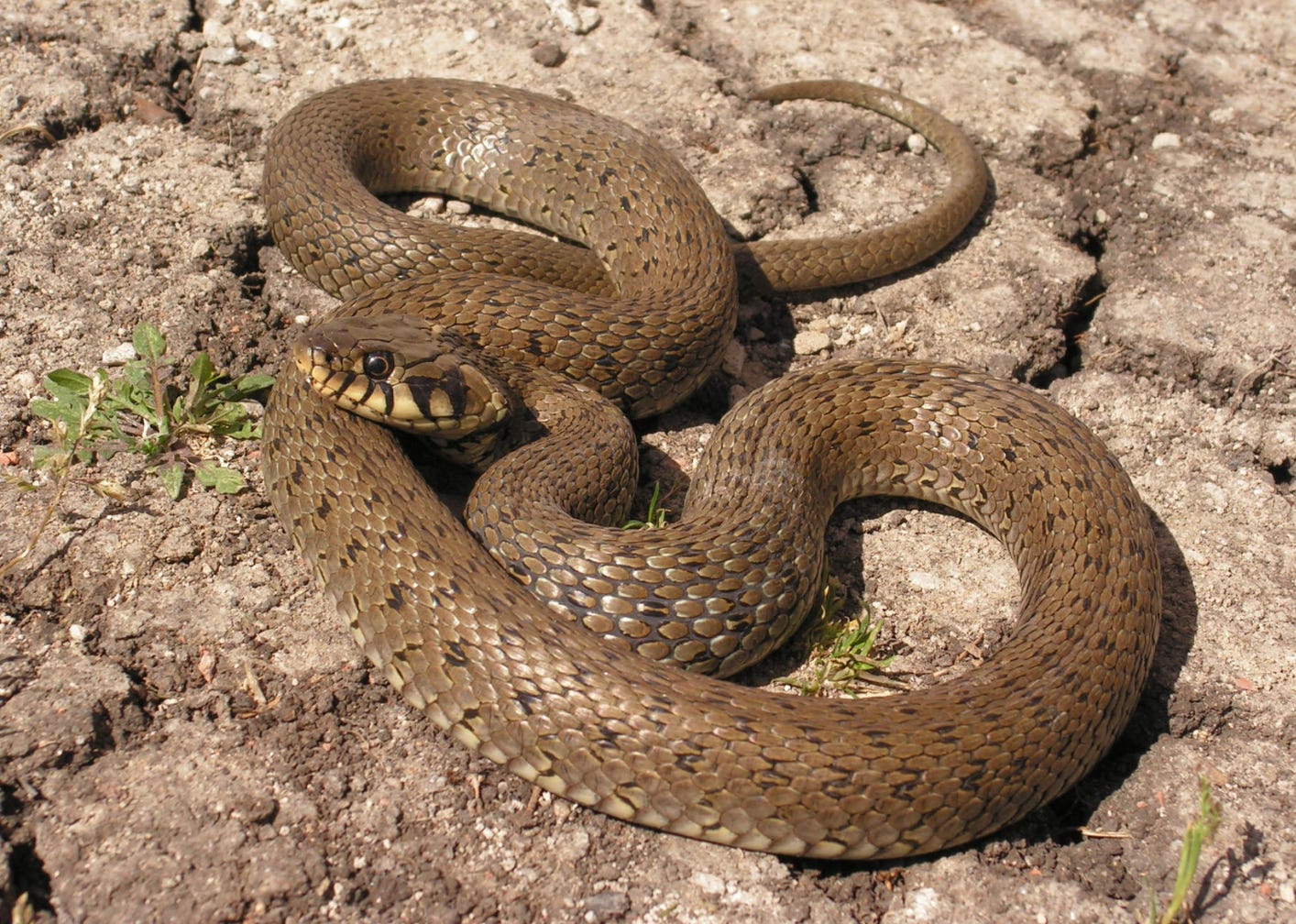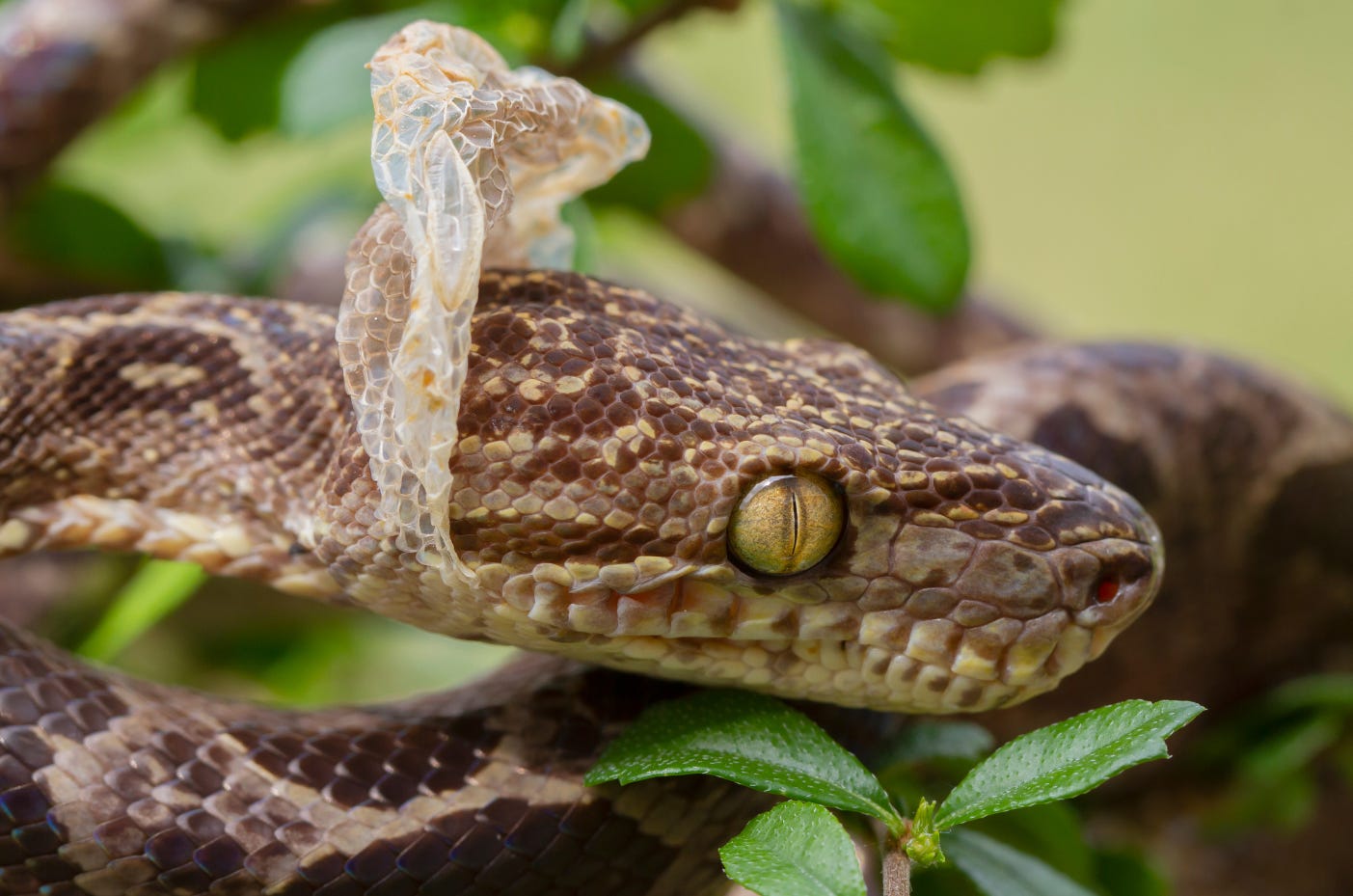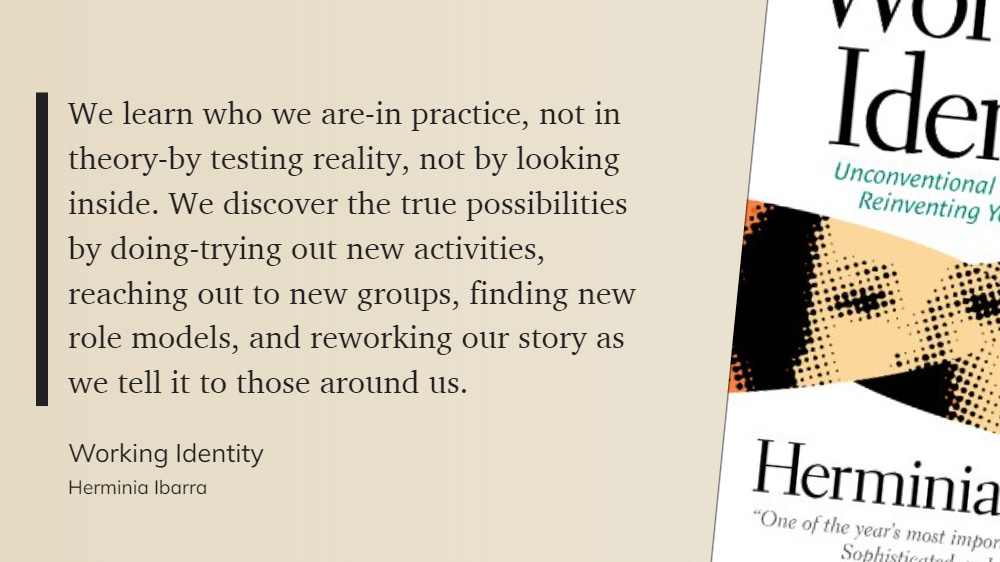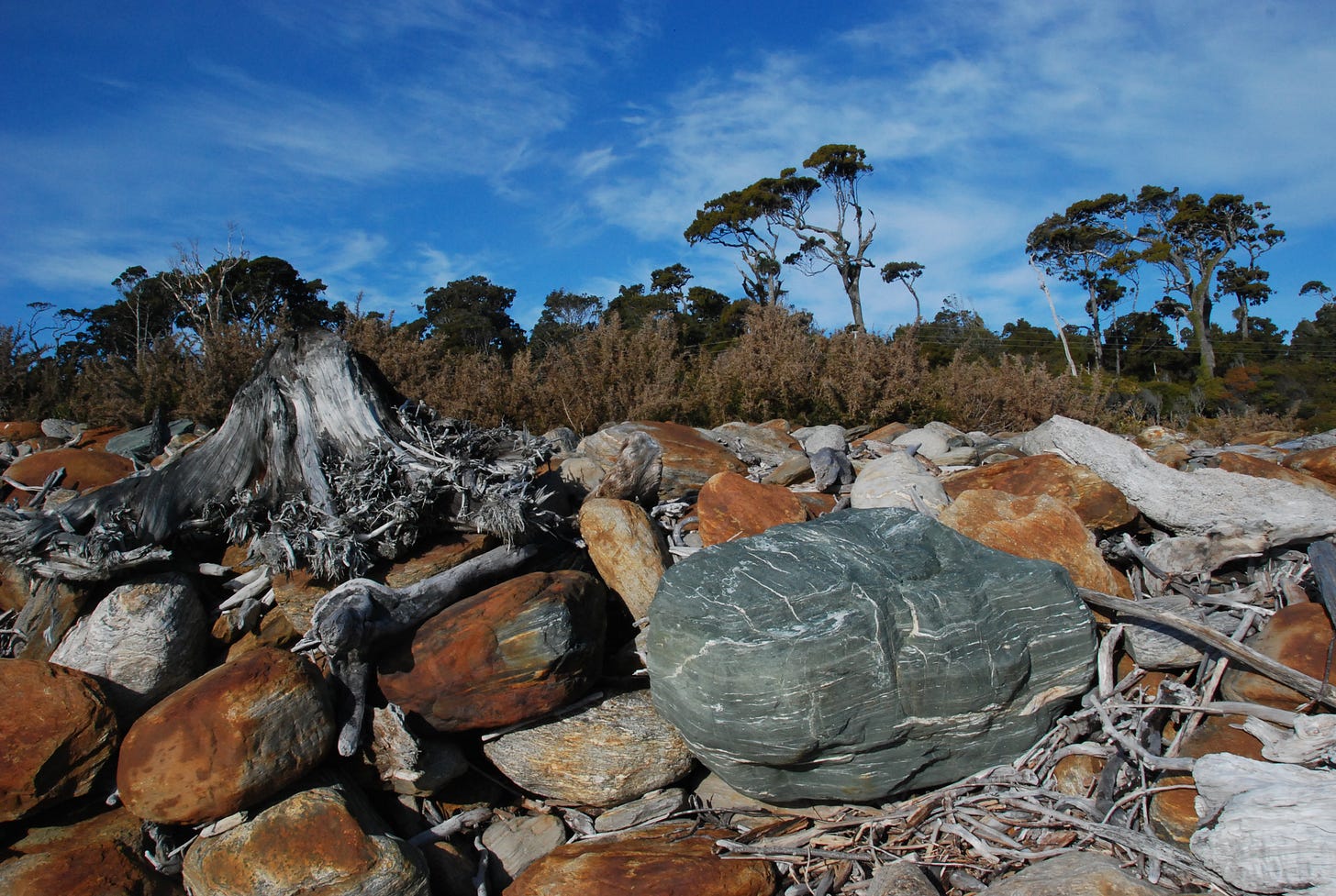Snakes get a bad rap. Perhaps it’s that the original serpent didn't cover itself in glory in the book of Genesis, or maybe layers of fear driven by misconceptions have led us to overlook their admirable characteristics. Either way, I've been thinking about snakes a lot this week since I'm visiting family in northern NSW. New Zealanders tend to not think about snakes very much (if at all)… until they visit Australia.
Most of what follows was written as the first (soon to be published) article on my website, so apologies in advance if you come across it there and feel ripped off - you saw it here first.
You probably know that snakes grow continuously throughout their lives, but their skin doesn't grow with them. As they increase in size, their outer layer of skin becomes too tight and restrictive, eventually reaching a point where further growth isn't possible. When this happens, a new layer grows underneath the current one and shedding the old skin is the only way they can keep growing.
I was very curious about the shedding process and discovered that it begins when the snake's body releases specific hormones which trigger changes in the skin, making the old layer separate from the new one underneath.
Before shedding, a snake often becomes dull in color, and its eyes may appear cloudy or blueish due to the fluid buildup - a stage known as being "in blue". When it's ready to shed, it creates a tear in the old skin by rubbing its nose against a rough, hard surface so it can wriggle out, inch by inch.
The entire process can take several days and once finished, the snake emerges with a new, more vibrant layer of skin. As well as enabling growth, shedding helps maintain the snake's overall health and cleanliness by removing parasites, old skin cells, and any accumulated dirt or debris.
This renewal is essential for their survival in the wild.
On a daily basis, we humans have the advantage of being able to shed our skin in an ongoing process that happens largely without us noticing.
But to survive in the wild of the workplace, we often need to shed our figurative skin - identities and roles that no longer fit and may even compromise our professional health.
In January last year I joined a small group of people in the 2023 cohort of Gustavo Razzetti's Culture Design Certification programme. I gave myself about six months to grow my new skin, but it took a bit longer. Then I gave myself about three months to wriggle out of my old skin, but it took a bit longer. (Notice the pattern?)
Sometimes identity change takes a while to happen because it's not always clear what our new identity is and we have to experiment to see what fits.
Over the last 18 months my identity has changed in lots of ways, from employee back to business owner, from contractor to facilitator and consultant, crisis communications specialist, author, creator, guide, and the most challenging update of all - marketer of my own products and services, instead of someone else's.
Identity stories are at the heart of every change process and this collection of identities, and the stories that come with them, now flow into everything I do.
Is your professional skin feeling a bit tight?
If so, the good news is you don't have to leave your job to shed your skin, you might just need to try a few experiments to enable the growth that’s trying to happen! 🧪🔬
Here are some things that have helped me as I've inched my way through the current shedding:
Join a community that shares the identity you're trying on, and participate actively in it. I'm an active member of several online communities and interest-based groups that support my professional practice, including the wonderful crew at riders&elephants. This year I added The Facilitators Network to the mix to further deepen and expand my identity as an independent facilitator, and I'm eagerly looking forward to an emerging community of practice with my Fearless Culture friends.
Practice acceptance. Almost nothing about this journey has happened how I thought it would - it's taken much longer and involved many unexpected twists and turns along the way. Sometimes identity change happens instantly. Other times it can weeks, months, or even years. The key is to keep moving, inch by inch, accept each stage for what it reveals, and maintain any amount of momentum.
Make time to stop and reflect regularly. Every Saturday morning (unless I’m travelling) I join an online Weekly Review hosted by Notion Mastery power duo Marie Poulin and Ben Borowski. It's become an absolute anchor for my week and one of the best mental health hacks I know for staying on an even keel. Not only is reflection necessary to refocus and reset, but it's also critical for learning. We often talk about learning by doing, but it's the reflection on the doing which is where the learning happens! 'Doing' just gives us raw data to add into the mix with all our other knowledge and observations. This single practice keeps me aware of the inches I've travelled and the next steps in renewal. It enables me to value steady progress over speed. And, most importantly, it enables me to learn.
As I embrace the current shedding, looking with appreciation and wonder at the skin I used to fit but have now outgrown, this quote from Herminia Ibarra neatly sums things up 👇🏼
Here’s to reworking our story, and new skin 🐍
Kathryn 🖍️






